Detecting Post-Translational Modifications
A quick start guide to methods of assessing protein post-translational modifications
Join Us
Sign up for our feature-packed newsletter today to ensure you get the latest expert help and advice to level up your lab work.

A quick start guide to methods of assessing protein post-translational modifications

You might know the most common post-translational modifications, but there are many more than just phosphorylation and ubiquitination – come and test your knowledge!

Are you studying a small peptide or protein? Learn whether using synthetic peptides can save you hours of transfection, protein expression, and purification.

How good is your cell at recycling? In this guide, we explain what autophagic flux is, why you need to study it, and methods to get you started.

Lysine acetylation isn’t just for histones. Read on to find out how to determine whether your favorite protein is lysine acetylated.

Using the right affinity tag can make protein purification a breeze. Read more to find out which tag is right for you.

Fret no more over fuzzy bands! We uncover how gradient gels can give you better results, and maximize your precious samples when performing SDS-PAGE

Are your cell membranes more of a hindrance than a help? Struggling to sneak your DNA inside? Why not break out and take your expression or metabolism studies cell-free. Find out the what, how and why of cell-free systems.

Does the term “ultracentrifuge” make your heart begin to race? Fear not! This article will provide you with tried and true tips on how to handle this piece of machinery like a boss.

Purifying a new protein is no easy feat. Finding combinations of protein purification buffer, salt, detergent, and stabilizing agent to get high yields of squeaky-clean protein can become tedious. Few things are as bothersome during this process as Heat Shock Protein (HSP) contamination. But worry not, we’ve got some handy tips to avoid HSP contamination…

One of the most widespread protein laboratory accessories are the MWCO (molecular weight cut-off) centrifugal filters which are commonly used for concentrating protein, as well as DNA. They are available commercially with different cut-offs including 3kDa, 30kDa, 50kDa, 100kDa, and so on. These little devices are expensive and hence demand proper usage and care to…

Cell Biology is entering the Age of Light with a spectrum of new optogenetics tools available to control protein function using light. Once the remit of neuroscientists [1], the past decade has yielded a bounty of novel light-controllable domains that are now being leveraged to illuminate the dark corners of basic cell biology [2,3]. The…

Studying nucleic acid interactions with proteins can be accomplished using a rapid and efficient electrophoretic mobility shift assay (EMSA). This method is essentially an agarose gel electrophoresis technique that detects protein:nucleic acid interactions, as the mobility of the labeled nucleic acid will be retarded if bound to a protein (compared to unbound DNA). A lesser-known…

Radioactivity is still the most sensitive detection mechanism for many macromolecules and enzymatic activities. In graduate school, I performed countless radioactive kinase assays, watching the radioactive gamma 32P of ATP get transferred to my autophosphorylating receptor of interest, and then separating my protein from free hot ATP on a gel. The gel is dried, covered…

ELISA (Enzyme-Linked Immunosorbent Assay) is the heartbeat of many labs in the research world, owing to its simplicity and its ability to answer a very basic question: how much of protein/peptide/antibody is in my sample? More specifically, it can be used to answer such questions as: The questions go on and on. If you want…

One day, a colleague stopped by my workbench to ask which detergent would not break the nuclear membrane. Based on my previous experience using gentle detergents in lysis buffers, I replied, “NP-40”. However, we had two brands of NP-40. A closer look at the datasheets revealed that the chemical names were different even though they…

Commonly, no one thinks much about how the surfaces of labware (like microcentrifuge tubes, test tubes, dishes, etc.) can affect experimental results. We might know when we need to use glass versus plastic. Or we might know that certain chemicals, like chloroform, will interact with some plastic polymers, and you must use polymers that are…

If you’ve ever worked with proteins in the lab, you probably know just how critical protein purity and quality are for downstream applications. In this article, we’ll review the multitude of problems that are encountered with ‘bad’ protein samples and how you can analyze the purity and integrity of your favorite protein prior to using…

If you are a Michelin star chef, then your first priority for preparing your signature dish is to use the best ingredients. One rotten potato or one slightly overripe strawberry could ruin not just a dish, but also your reputation. In the laboratory we are (mostly) not cooking rotten potatoes, but we are doing delicate…
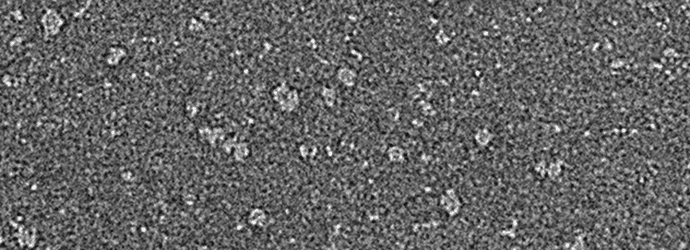
Negative staining of proteins is a versatile tool for structural biology. The sample preparation protocol is simple: the sample is embedded in a heavy metal stain that gives rise to increased specimen contrast. Thus, negative staining is a very convenient method to assess sample homogeneity, formation of macromolecular complexes, or quality of protein preparation. Conventional…
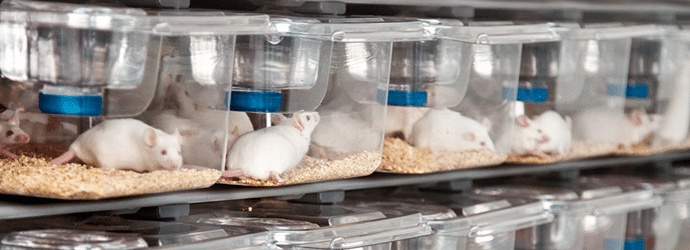
Have you ever seen a mouse chowing down on its dinner and wondered how it translates to energy? Well, that’s exactly what is keeping some scientists up at night, and luckily these questions are now becoming easier to answer in quite significant detail. Over the last couple of decades, several companies have developed ‘metabolic cages’….
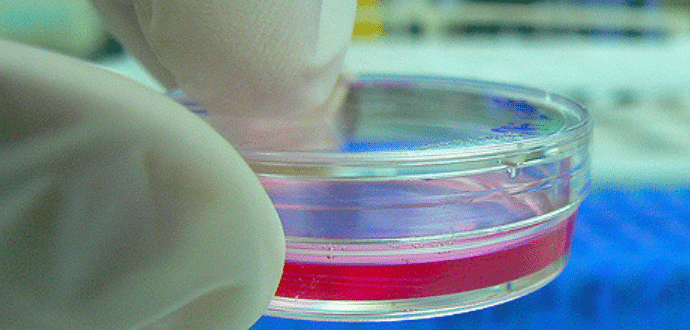
You may have heard about a breakthrough cancer therapy that engineers patient’s immune cells to fight their cancer using chimeric antigen receptor (CAR)-T cells. If you don’t live in the world of immunology, you may not know what a CAR is, or what it is used for. Here you’ll find a brief guide to CARs,…

There is something about kinases that resemble ghosts. Their effects reveal their presence, but they can be difficult to catch. With a low abundance of hundreds or even tens of molecules per cell, they are difficult to detect using conventional methods such as Western blotting or mass spectrometry (MS). However, you will need to detect…
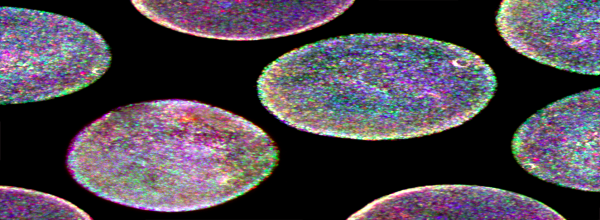
In any application that uses antibodies for signal detection (e.g., Western blotting, ELISA, immunohistochemistry, or FACS), there are two approaches to antibody labeling: direct and indirect labeling. Standard Western blotting uses indirect labeling because you use a primary antibody to detect the target antigen, followed by a secondary antibody to which a detection molecule is…

Proteins in the cell are in a constant flux governed by events including synthesis and degradation. In an effort to make cells more efficient by reducing the unnecessary protein load, most proteins in the cell have a specifically defined half-life. Another reason why cells have evolved to degrade proteins is to ensure timely removal of…

If you have studied cellular movement or cell division, you have encountered Rho in the literature, because it regulates both processes. And the list of roles for Rho in the cell continues to grow! The prominence of Rho in the biology of non-diseased and diseased cells has caused researchers to continually optimize the Rho pull-down…

Interest in the three-dimensional structure of chromatin has exploded over the past few years—and for good reason! We now know that DNA isn’t randomly piled into the nucleus like a bowl of spaghetti, but arranged in functional loops and domains, more like a city blueprint. This is particularly exciting to (epi)genomic scientists, because 3D chromatin…
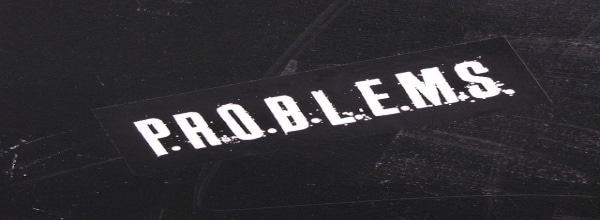
Is ELISA giving you the blues? The frustrating kind, not the lovely kind you get while watching the enzyme substrate reaction! This age old assay has the perks of being quick and fairly simple to perform, but when conditions are not perfect, ELISAs can deliver less than optimal results, and fail to be consistent and…

We all know the impact fluorescent proteins have had in advancing cell biology. Although fluorescent proteins have revolutionized the field, they aren’t perfect and like all things research, they have their limitations. If you’re looking for a genetic tool with superior fluorescent properties, or one that allows you to introduce a variety of labels into…

In part 1, ‘iPOND: Fishing for Proteins with DNA as Bait’ we went on a fishing expedition and learned how the iPOND technique can help us investigate the protein landscape of DNA synthesis. In this article, we will pit iPOND against a few other widely used techniques in order to answer the question: ‘Why should…

I’m a simple molecular biologist. It’s awesome how computational biologists use math to reduce and rebuild biological phenomenon. In my own way, I also like to reduce my observations to numbers. As a budding biochemist, I need to assemble and quantify the players in my pathway to truly understand it. In particular, I am interested…

No, iPOND is not a sleek electronic fishing device from Apple. However, if you thought about fishing, well, you’re not far off the mark. If you find yourself wondering which proteins are present at DNA during or after replication, iPOND is an elegant technique to help you find out. In this article, I will explain…
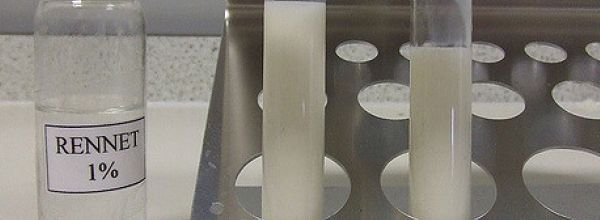
Enzymes are special among proteins. It is not enough to detect them. You need to know their activity level. If you have devoted a substantial part of your research to studying proteases, like I did, you’ll know how crucial it is to choose an appropriate enzyme assay. There’s a heap of lab techniques out there…

The first thing one might notice when working with metallo-proteins is that they offer unique, colorful reactions. These colorful reactions are based not only on the metal, but the ligand, or coordinating molecules. Approximately 80% of proteins contain inorganic cofactors like iron (Fe) and copper (Cu) metals necessary to catalyze a reaction. Understanding how these…

As any good biologist knows, one of the easiest ways to determine if a cell is functionally active is the production and secretion of proteins in response to a stimulus. In many circumstances, the quantity of the secreted protein, and thus the level of cellular activation can be assessed by ELISA. However, if you are…
Monoclonal antibodies are extensively used in research laboratories, diagnostic products and immunotherapy and have multiple advantages over polyclonal antibodies. They exhibit enhanced specificity to single epitopes, have little or no variability, and are easy to modify and customize as required. The History of Monoclonal Antibodies In 1984, Georges Köhler, César Milstein, and Niels Jerne received…

The Genetic Code: A Universal Template for Protein Translation All known organisms share the ‘central dogma’ of molecular biology. DNA is transcribed into mRNA that is translated into protein. During the discovery of the genetic code, Francis Crick hypothesized that translation required a mediator to aid mRNA-guided translation according to a number of specifics. Amongst…
Not all antibodies are valid for every experiment and condition, and they must be validated for the specific application and species. Currently, there is no standard means of “antibody validation,” and this can greatly impact experimental reproducibility and reliability. Journals and granting agencies have taken steps to address this gap. Many now require you to…
Phage display – the process of genetically fusing antibody fragments with phage to identify binding partners to your protein of interest – was covered pretty thoroughly here over the past few months. The success of this assay predicates on creating a diverse library of up to 1012 genes coding for these antibody fragments. Despite being…
My phone’s email notification went off, and I rolled over in bed to look at the clock. Saturday, 5 am. Wonderful. Who would email me at that hour? It had to be my undergraduate research PI. I unlocked my phone. Yep. Doesn’t he ever sleep? Dear Casey: We are launching a new collaborative project in…

The eBook with top tips from our Researcher community.